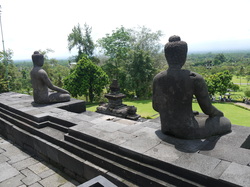 Borobudur, Java
Borobudur, Java Southeast Asia (SEA) is a large region with a diverse set of cultures. Often within a single country there is a range of ethnicities. This makes travelling interesting and exciting, but means you need to be aware of a range of cultural and religious sensitivities. Here are some general guidelines that can be applied.
Watch out for Petty Crime
Life-threatening crime is obviously not something you see every day, and I’ve never experienced any sense of danger. However, petty crime is quite common across many SEA countries; for instance, purse-snatchers. Whether while riding a motorbike or walking outside, it is not unusual to hear a story about a handbag being stolen.
Be aware of your surroundings, as you would when travelling anywhere in the world, especially at night. Leave valuables, such passports and expensive jewellry, in the hotel safe. It’s also a good idea to leave a backup credit card and some extra cash in the hotel room as a precaution. Take advantage of pockets instead of putting your mobile phone and wallet in the same bag.
Be Aware of Scams
There are many people who love to make a quick buck off unsuspecting foreigners—even with something as day-to-day as overcharging on clothing/souvenirs at markets. Although overpaying on a t-shirt is innocuous, it’s always best to research the country before arriving.
In Ho Chi Minh my friend took a ride in a rigged taxicab where the meter increased at an exponential rate. To the tourist who knows little about the currency exchange and even less about typical taxicab fares, how would they know it was rigged? Only later when we compared fares on the same journey did she realise she overpaid for her ride— about five times more than we had.
Always, where possible, familiarise yourself with typical costs of goods and services of the destination in advance.
Dress Conservatively
In general most SEA countries are more conservative than the Western world, especially when it comes to women’s attire.
Although I empathise with visitors sweating and dripping in the insufferable SEA heat, most local women cover their shoulders and legs at all times: some to keep out of the sun, and others for religious reasons. While you can opt for short-shorts and tube-tops, it will most likely lead to an uncomfortable number of stares. To avoid standing out anymore than necessary, make sure to wear loose-fitting, light-weight tops as well as long skirts or trousers. Of course, you can wear jeans, or really anything that covers you up. But keep in mind the heat; it may be best to leave heavy sweaters at home. Pack a pashmina in your bag; they are excellent for covering up from the sun or in temples, keeping you warm in air-conditioning, and as a picnic rug on the beach.
-----
To find out more about Laurence’s travels visit her website, where she offers SEA travel advice, or contact her on Twitter.

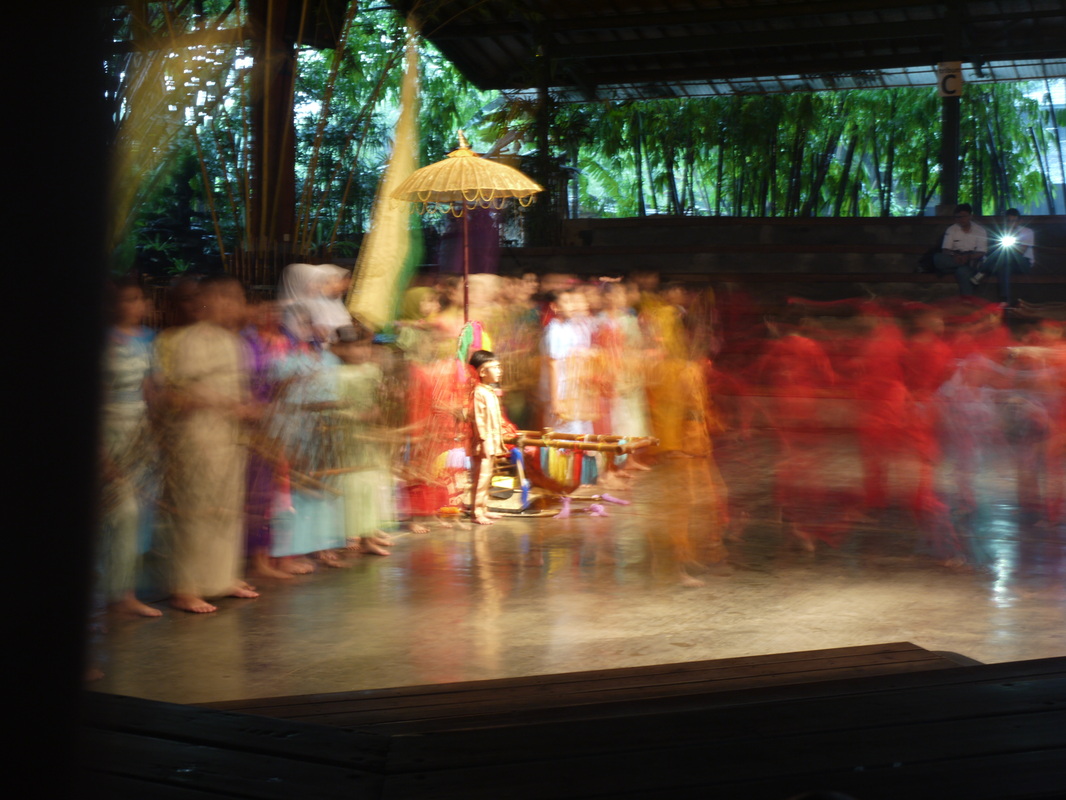
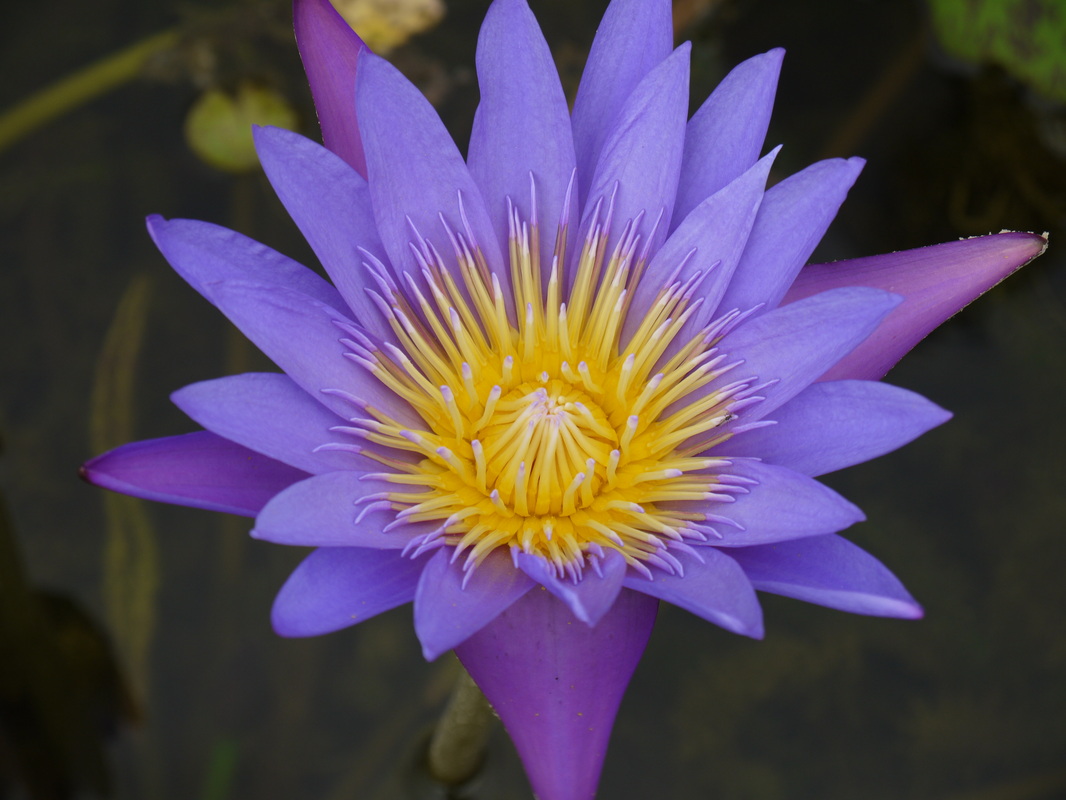
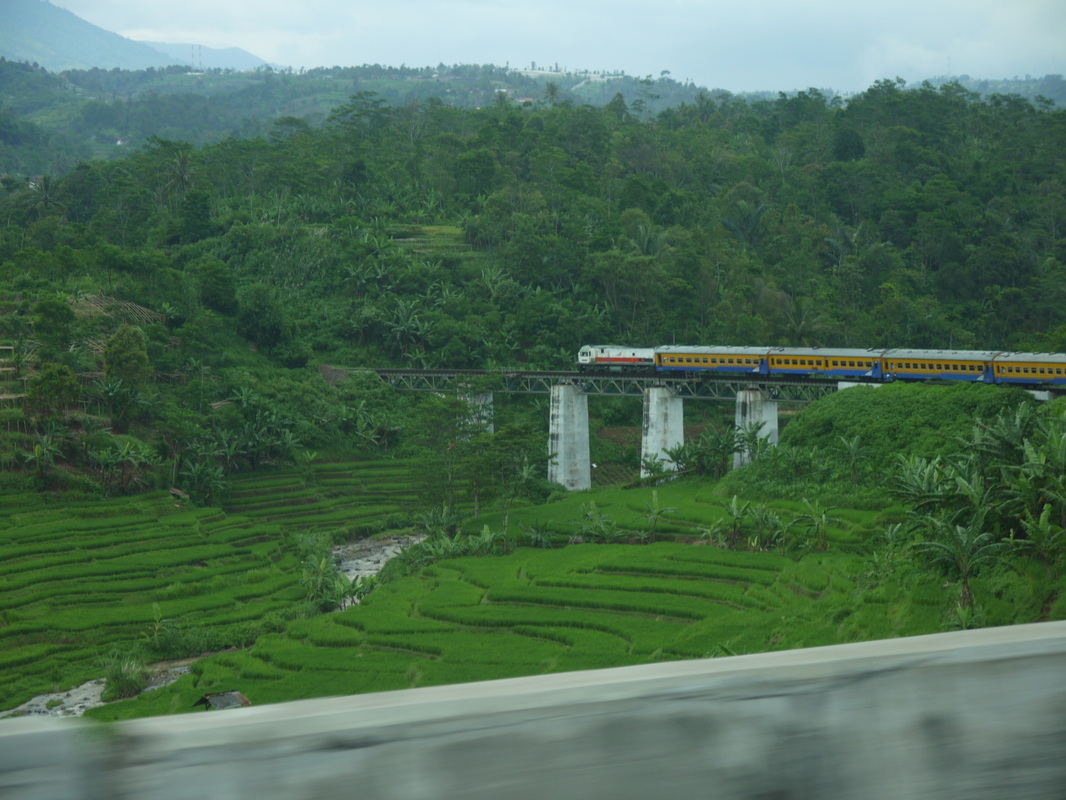
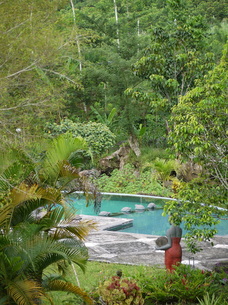
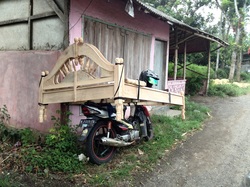
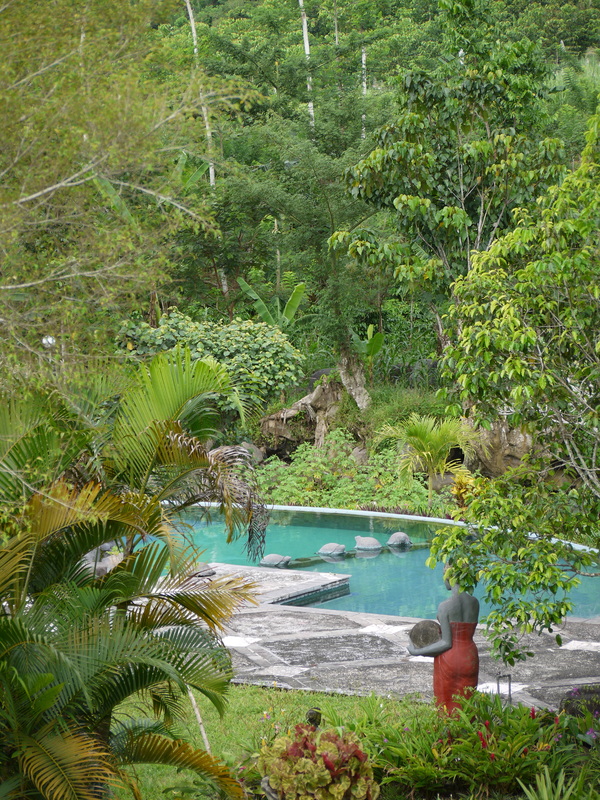
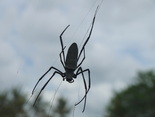
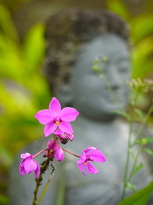
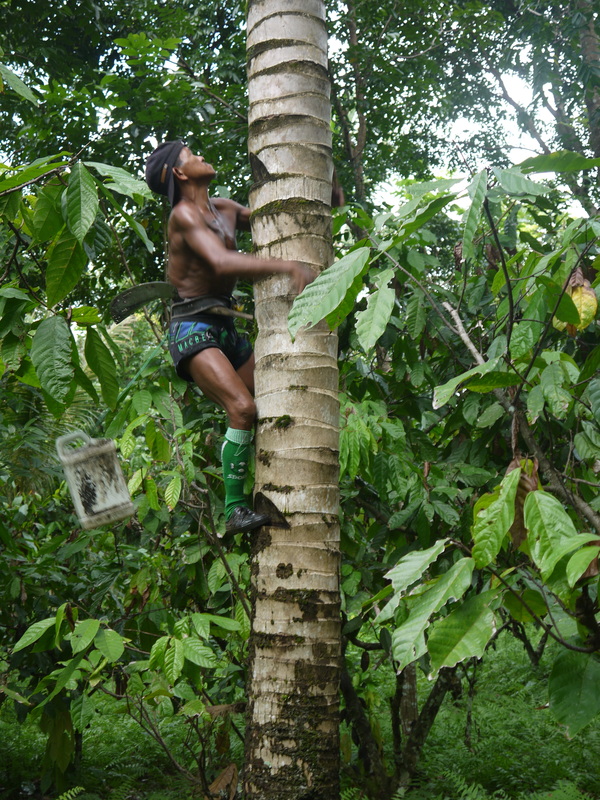
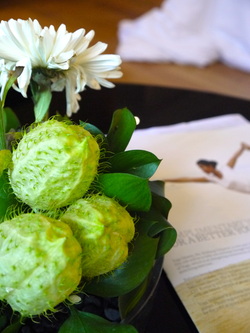
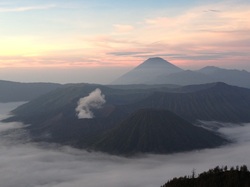
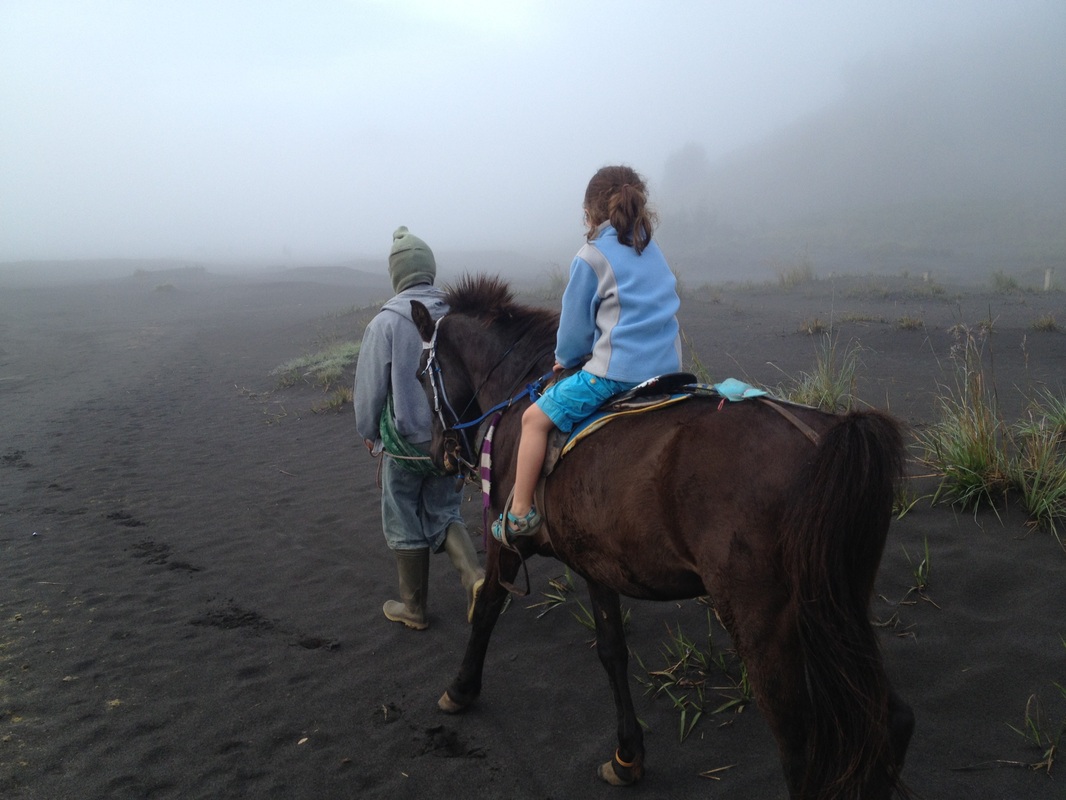
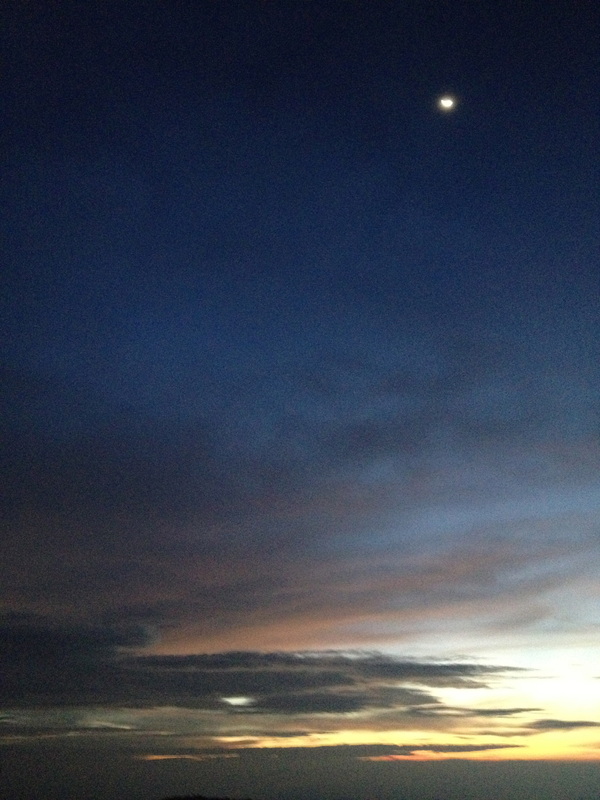
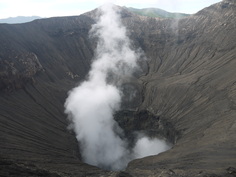
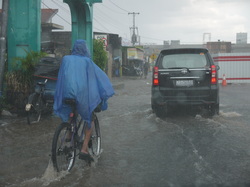
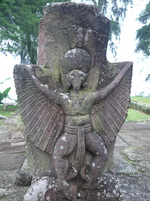
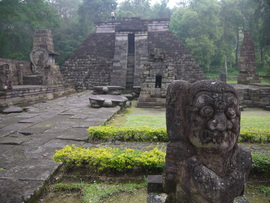
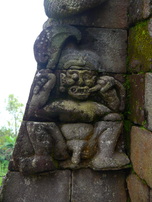
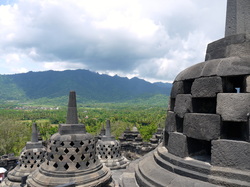
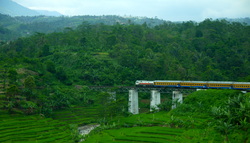
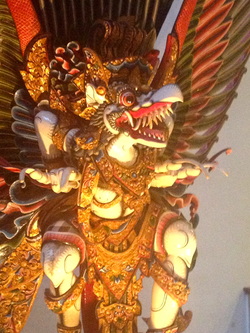
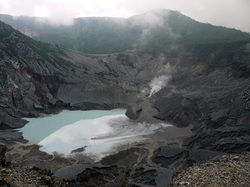


 RSS Feed
RSS Feed
